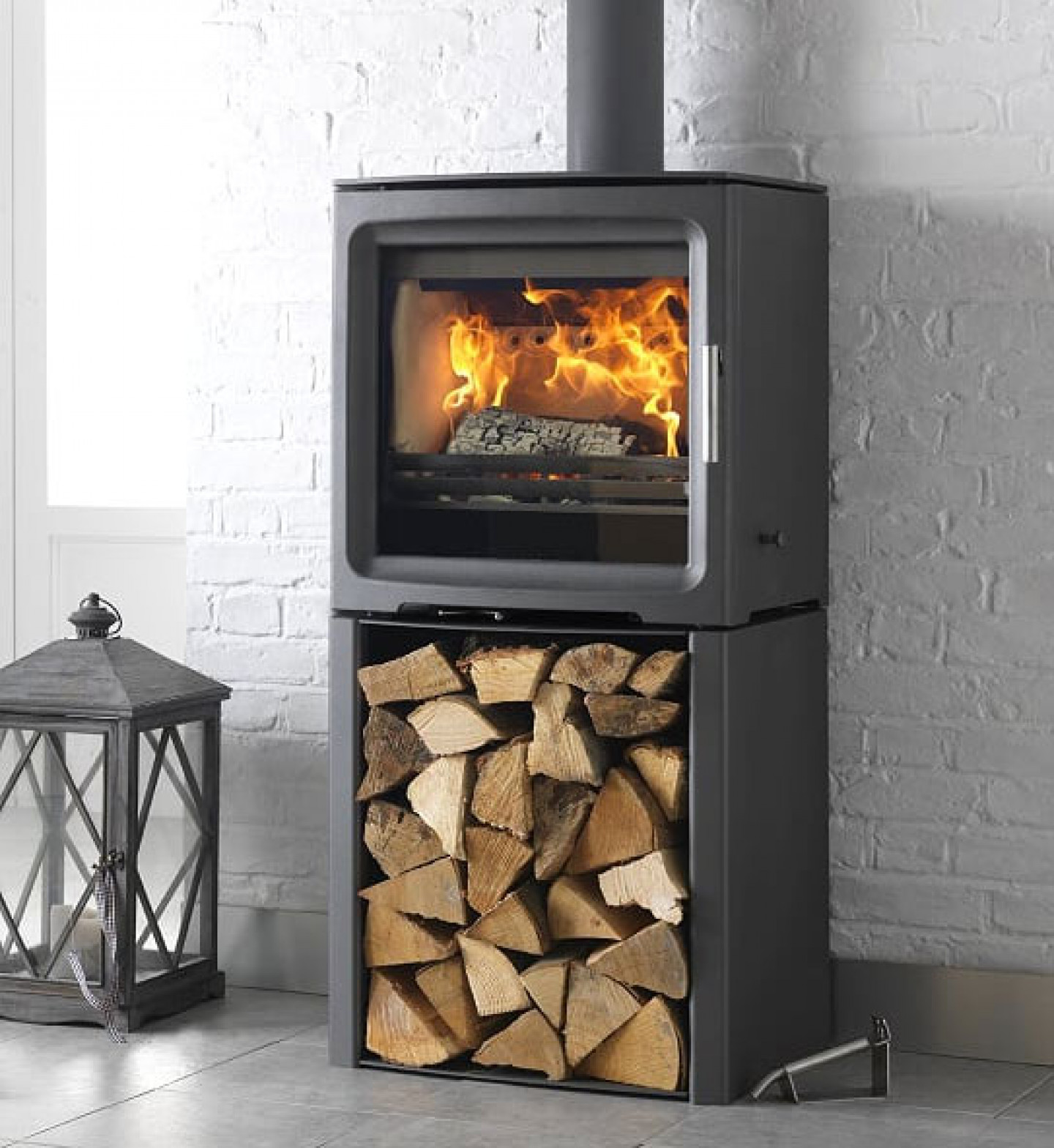There are significant benefits from knowing what wood to burn on your wood burning stove. However, only a relatively small number of people who own a stove can confidently differentiate between the different types of wood, which are ideal for burning.
Burning the wrong wood at best will create a poor flame, and little heat. At worst it could increase the risk of a chimney fire in a home.
Below is a list of various woods, and their suitability for burning.{{auth_split}}
The Best Wood:
Beech – Beech burns very well. Although does not burn well when green due to it’s high moisture content when live.

Beech trees
Hawthorn – Hawthorn has a slow burn rate, and an impressive heat output.
Thorn – This wood tends to produce very little smoke, which makes it perfect when burning in areas where excessive smoke could be an issue.
Rowan – Great heat output, and burns slowly like Hawthorn. Rowan is also know as Mountain Ash, and has a very good heat output.
Ash – Ash is one of the best woods for burning with a steady flame and very good heat output. This wood can also be burnt when green too. The reason for this is that ash, when live has a low moisture content. Although you can burn it green it’s far better to burn when dry (seasoned).
Yew – Yew produces an intense heat and also has a pleasant smell. Although this type of wood can be poisonous.
Good Wood:
Oak – Makes a good firewood, it burns very slowly and the flame is small. It tends to burn best when it has been seasoned for a long time.

Cedar – This wood spits and crackles when burning due to the natural oils contained within the wood. The flame is small and does tend to last a long while. The heat output is strong as is a popular wood for kindling.
Cherry – This wood does need to be fully seasoned before burning. It produces a good heat, but like cedar it can spit when being burnt.
Apple – Apple burns slowly and produces a nice scent too. It also has a small flame and does not tend to spit, unlike other woods.
Birch – This wood can be burns when green as it has a low moisture content. But as with all other wood, it does tend to burn best when it fully seasoned.
Lilac – Ideal for kindling as it burns well and has small branches. It produces a nice smell and nice, clear flame.
Horse Chestnut – This wood spits a great deal, so although it’s ideal on a wood burning stove, its not suited to an open fire.
Robinia – This wood can produce a black smoke, it does burn slowly and with a good heat output.
Hazel – Hazel burns very quickly. It does not split unlike other woods such as cherry.
Pine – Produces an impressive flame and good heat. However, the sap can cause deposits to form in the flue in a chimney, which can increase the risk of a chimney fire, so use with caution.
Hornbeam – This burns in a similar way to beech, which is similar to ash – both are very good woods to use for a fire.
Maple – Maple has a god heat output. There are a number of versions of this wood available, although most know sugar or hard maple.
Adequate Wood:
Sweet Chestnut – It spits lots and so not ideal on an open fire, although ok for a stove. It is only moderately dense and so you need to burn a lot more than other woods to produce the same heat and flame duration.
Laurel – Produces a good flame, but it only has, at best a reasonable output making it not ideal if you require plenty of heat output from your fire.
Elm – This needs to be dried for around 2 years. It can be slow to get going but can produce a decent flame.
Sycamore – It has a very high moisture content when live and so needs to be very well seasoned. It has a moderate heat output.
Larch – Sap from this wood can collect in the flue of a chimney, which can increase the risk of a chimney fire. However, it produces a decent flame and is quite easy to get going.
Poor Wood:
These woods are not recommended for firewood, and should be avoided.
Alder – Alder produces a poor heat, and does not last long either.
Chestnut – Produces a small flame with a poor heat output.
Eucalyptus – It is a fast burning wood, and can cause serious issues with sap deposits in the chimney, which can cause a chimney fire.
Holly – Has a good flame but a poor heat output. It can burn green too.
Laburnum – This is a very smoky wood with a poor flame.
Spruce – Spruce does not last long and produces a poor flame.

This list has been produced by Charlton & Jenrick who manufacture a wide range of wood burning stoves.
